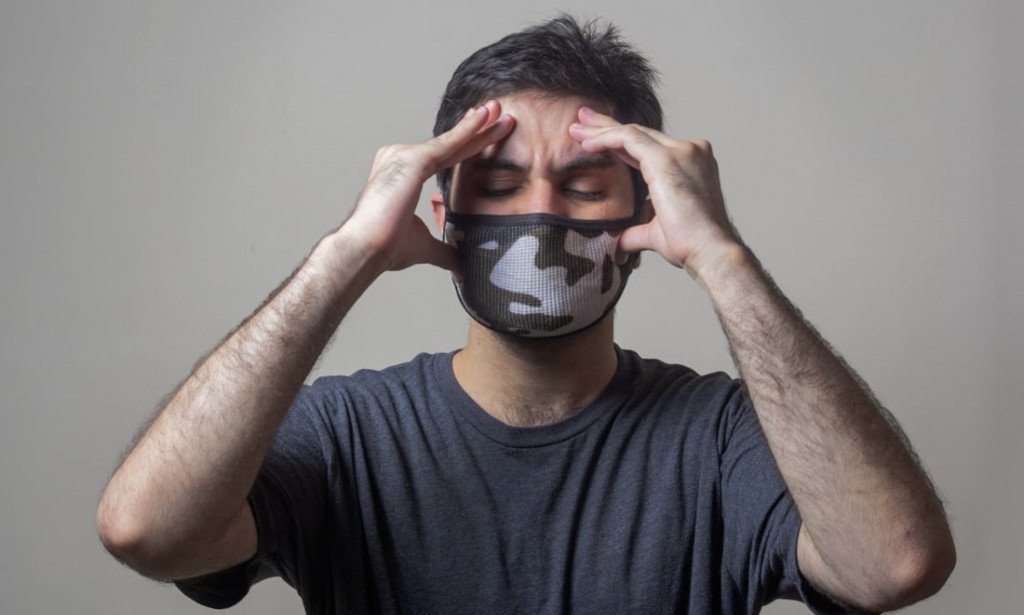DO YOU KNOW HEADACHES CAN BE INHERITED?
About 75% of adults ( within the age range of 18 to 75 years ) worldwide have experienced a headache in the past year.
Researchers figured about 15.8% of the world's 7.9 billion population experience a headache on any day, 7% of which are combating migraine.
Headaches are one of the most frequent pain conditions among the human race.
It's a pain in the head or face that can either be thumping, prickling, sharp, constant, or dull.
There are more than 150 types of headaches, which are divided into 2 sections:
• PRIMARY HEADACHES: these are headaches that are not caused by medical disorders e.g
• Cluster headache,
• Migraine,
• New Daily Persistent Headache
• Tension headaches
Tension headaches and migraines are the most predominant type of headaches.
• SECONDARY HEADACHES: these types of headaches are a result of medical conditions such as:
• Disease of blood vessels in the brain
• Head injury
• High Blood Pressure
• Infections
• overdose of Medications
• Trauma
• Tumor
ARE HEADACHES HEREDITARY?
Yes, they are hereditary. It tends to run in a family where at least a parent suffers from migraine.
WHAT IS A MIGRAINE?
A migraine is a headache that can cause intense throbbing discomfort or pulsing sensation usually on one side of the head.
It is often accompanied by nausea, vomiting, and extreme sensitivity to light and sound.
It can be triggered by environmental factors such as food, alcohol, chocolate, Allergens/irritability, strong odors, depression emotional stress, poor posture, noise, lighting, and weather changes.
FAMILIAL HEMIPLEGIC MIGRAINE
This is a form of migraine headache that runs in families. It commences in childhood or adolescence and can be activated by a certain intake of foods, emotional stress, and minor head trauma that may linger from a few hours to a few days.
Mutation in the CACNA1A, ATP1A2, SCN1A
and PRRT2 genes have been found to cause this type of headache.
This kind of headache has a pattern of neurological symptoms called AURA. The most common symptoms of its AURA are:
• Temporary visual changes such as blind spots ( scotomas)
• Flashing lights
• Zig zagging lines
• Double vision.
Sometimes, it's also characterized by temporary numbness or weakness ( which affects a side of the body ), difficulty with speech, confusion, and drowsiness.
TREATMENT
At first, monitor the frequency of your headache to determine the type of headache you have. Take a look at its signs and symptoms without ignoring the potential triggers e.g food, stress, or changes in sleep.
1. Relax in a quiet room.
2. Add hot or cold compresses to your head or neck.
3. Go for a massage.
4. Take a little amount of caffeine
5. Make use of prescribed medications such as Ibuprofen
6. Seek emergency care or visit a physician when :
• it is severe
• after a head injury
• when it worsens after treatment.
Thanks for reading. I hope you have learned more about headaches. To know more about hereditary headaches, watch on youtube.

You must be logged in to post a comment.